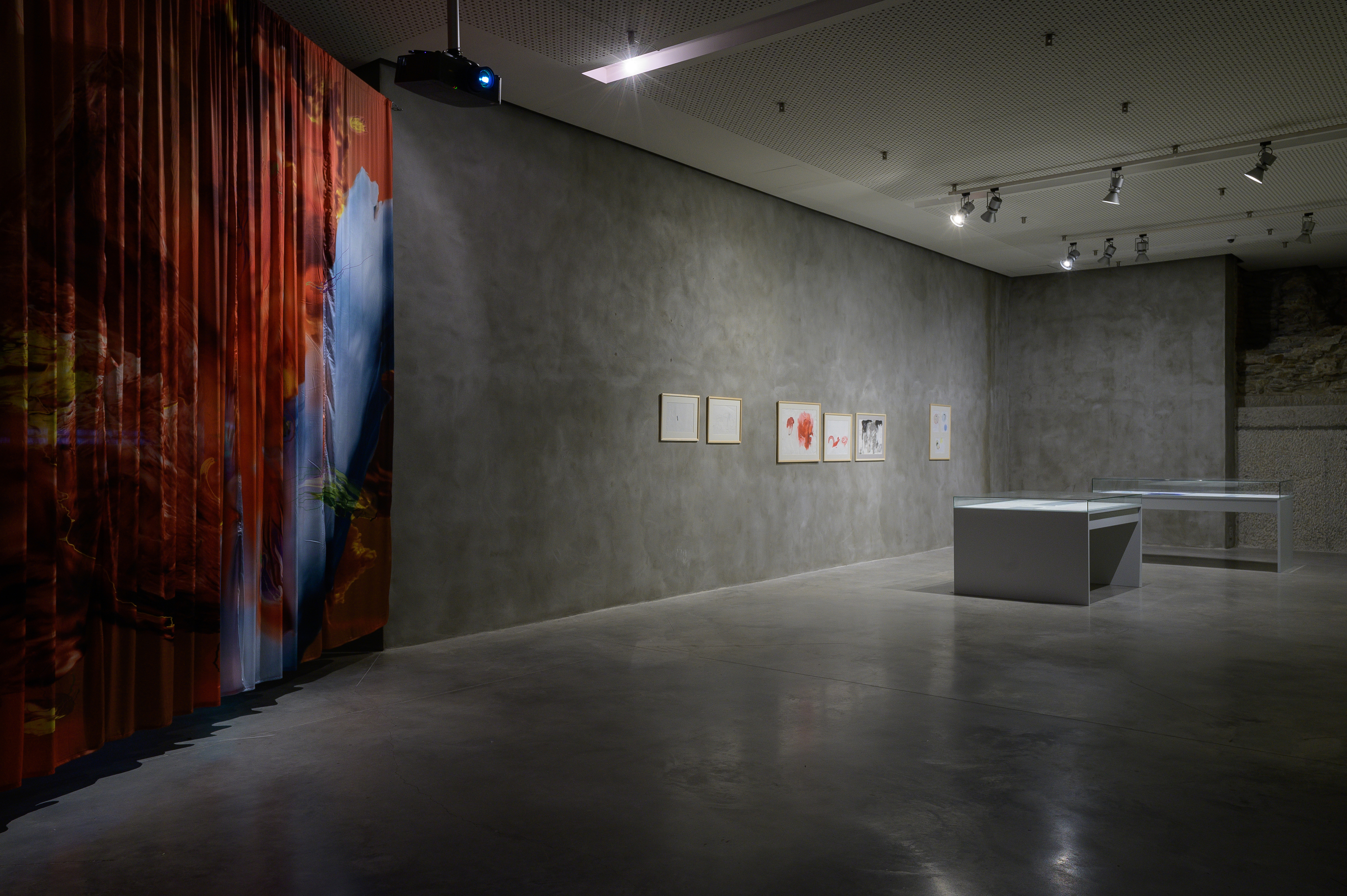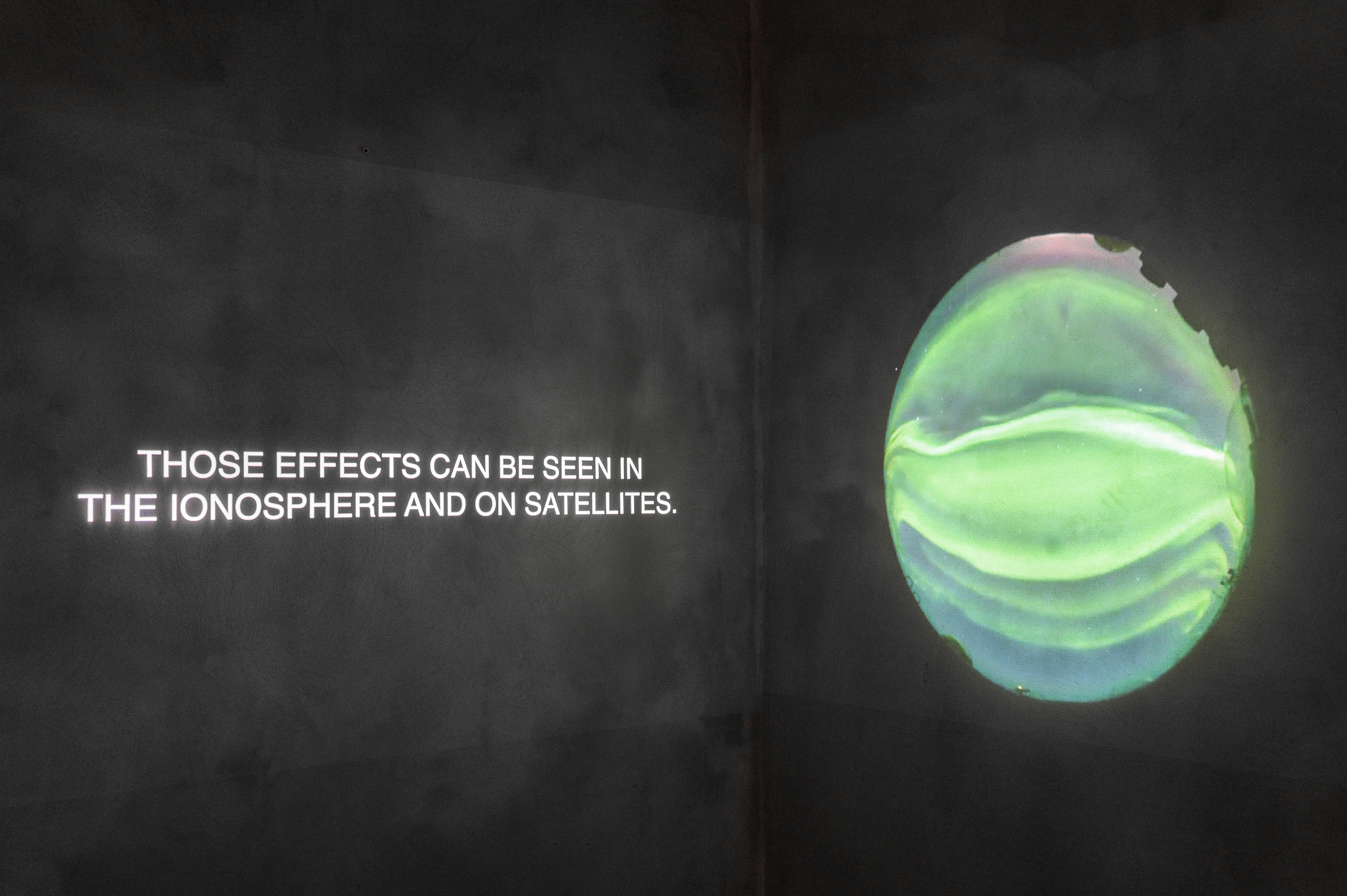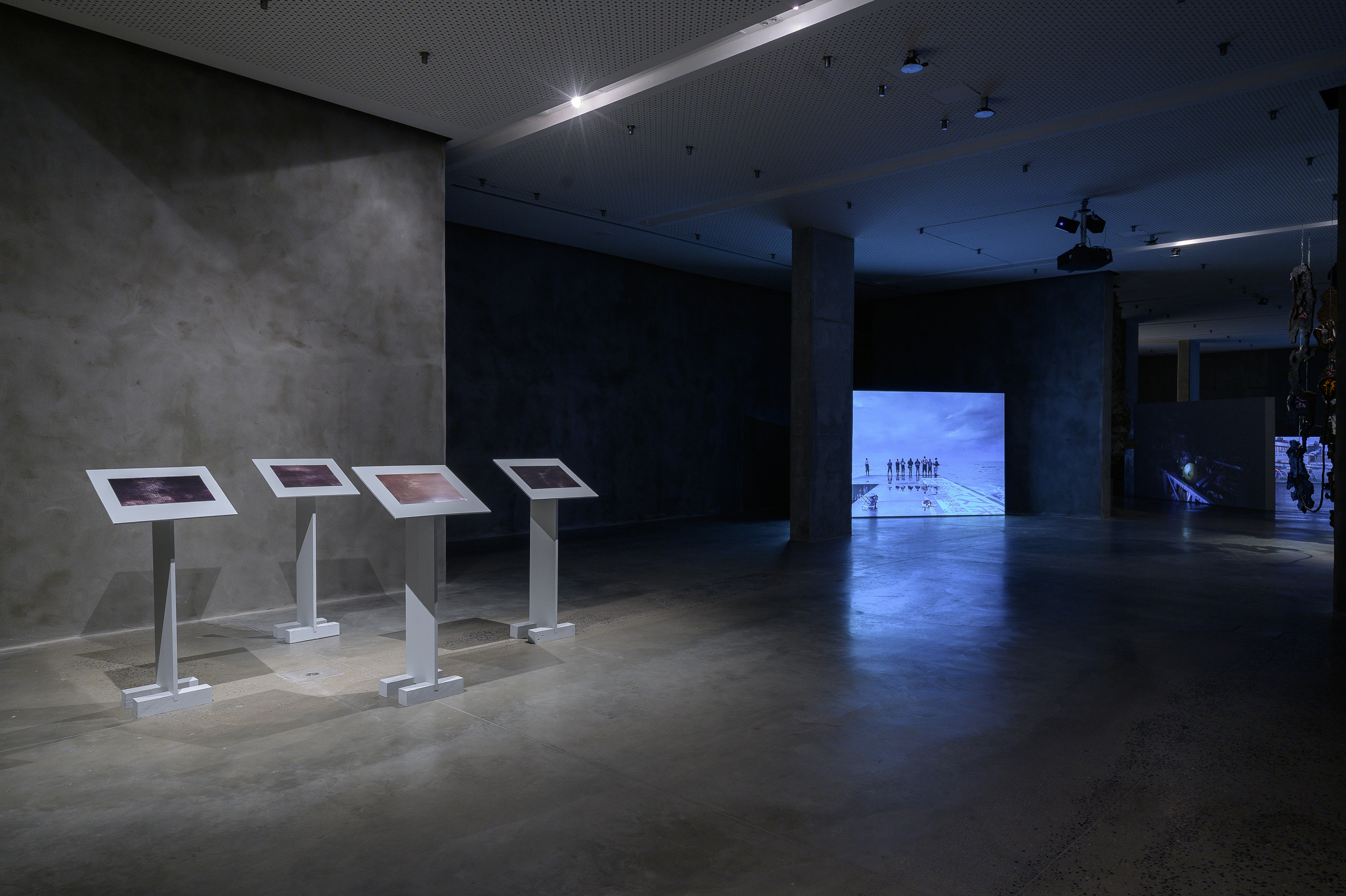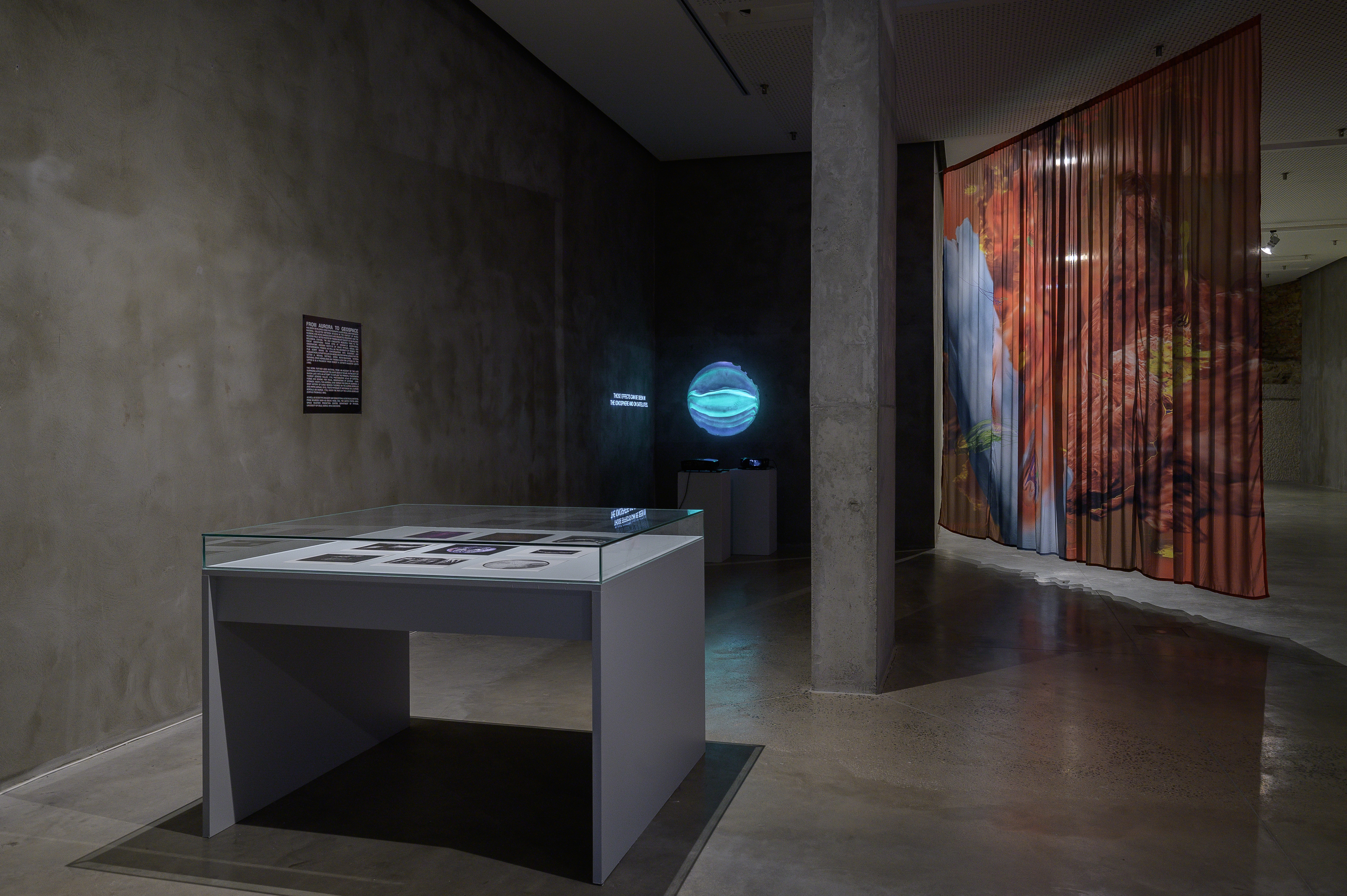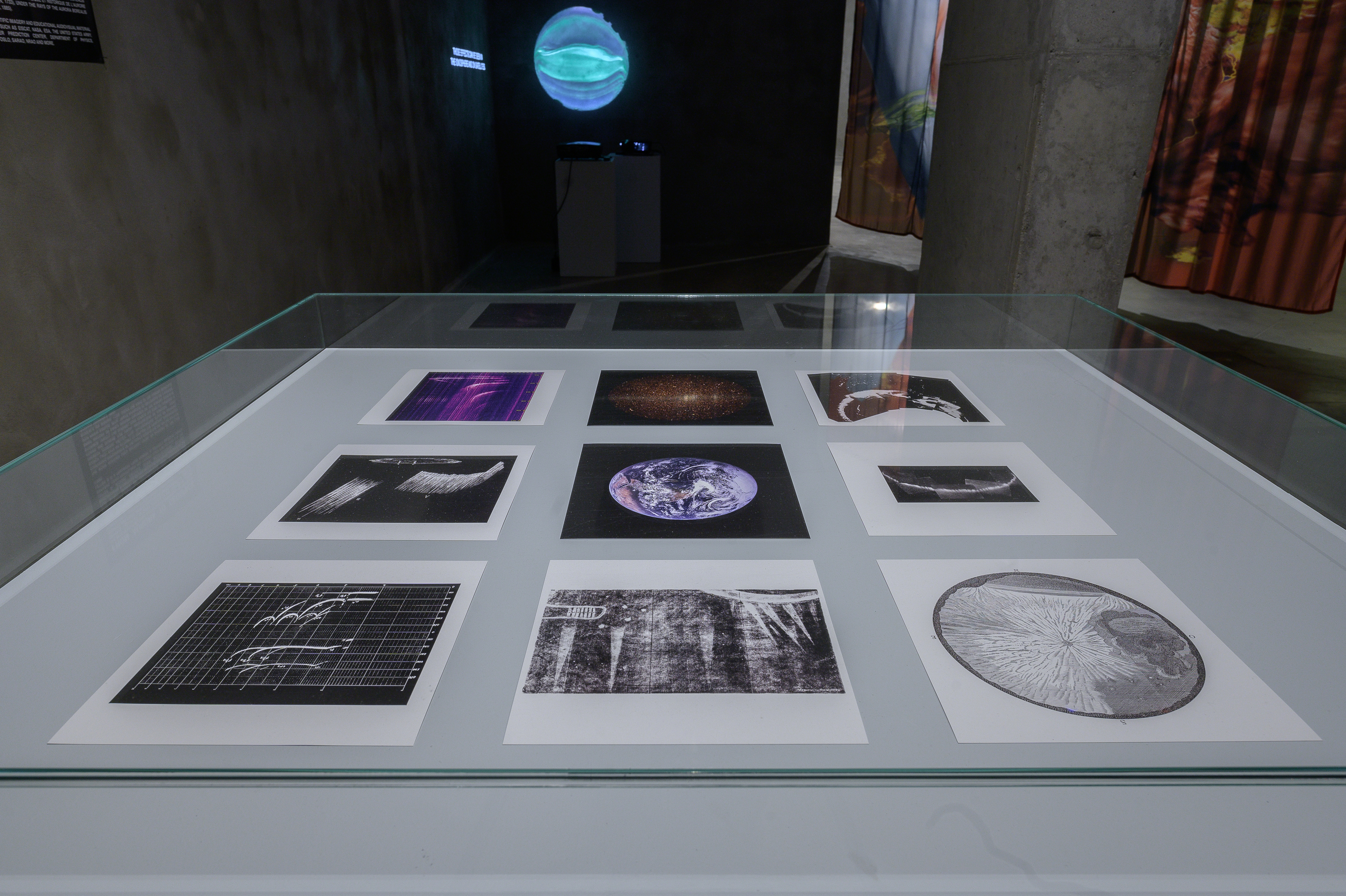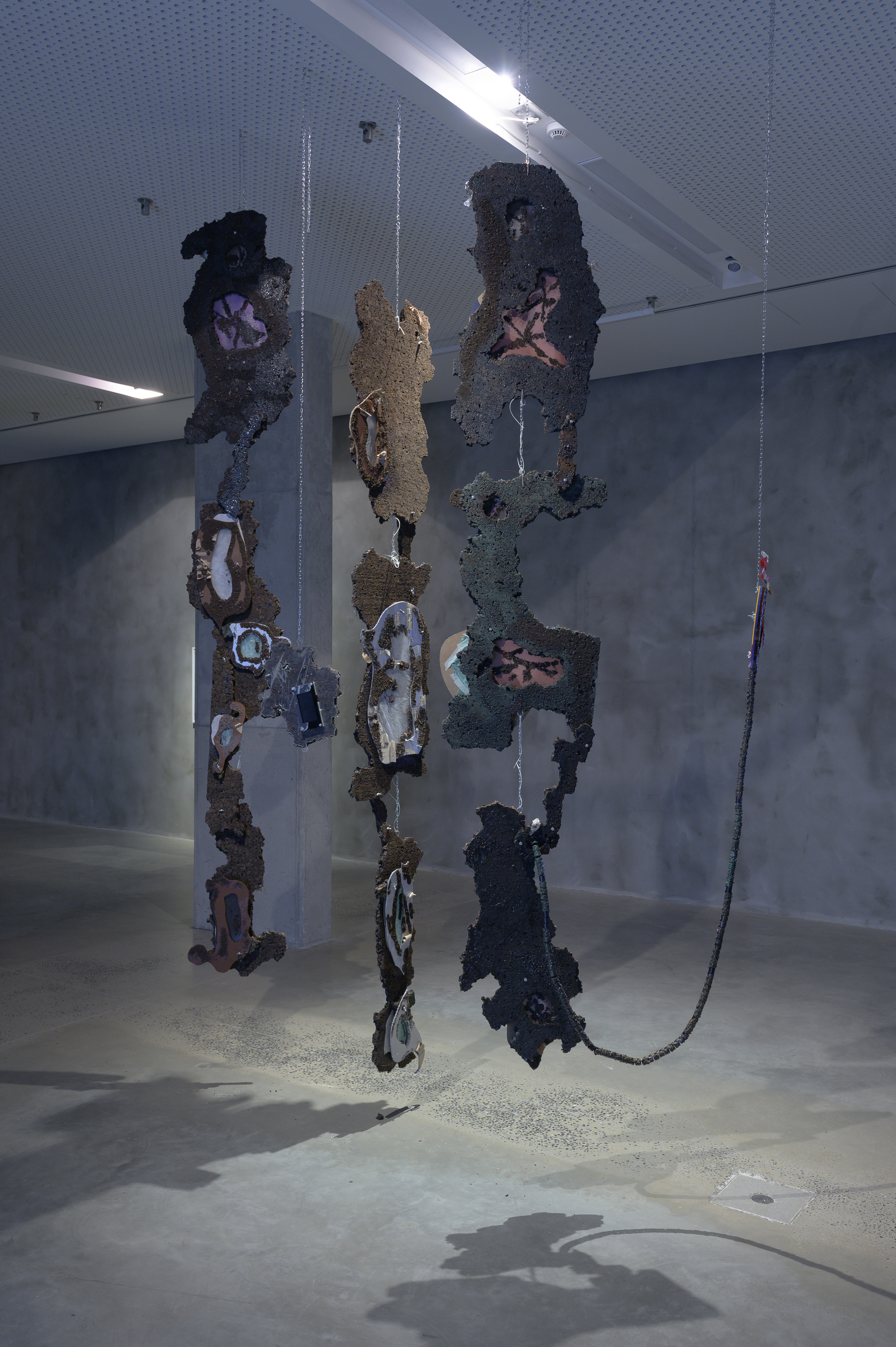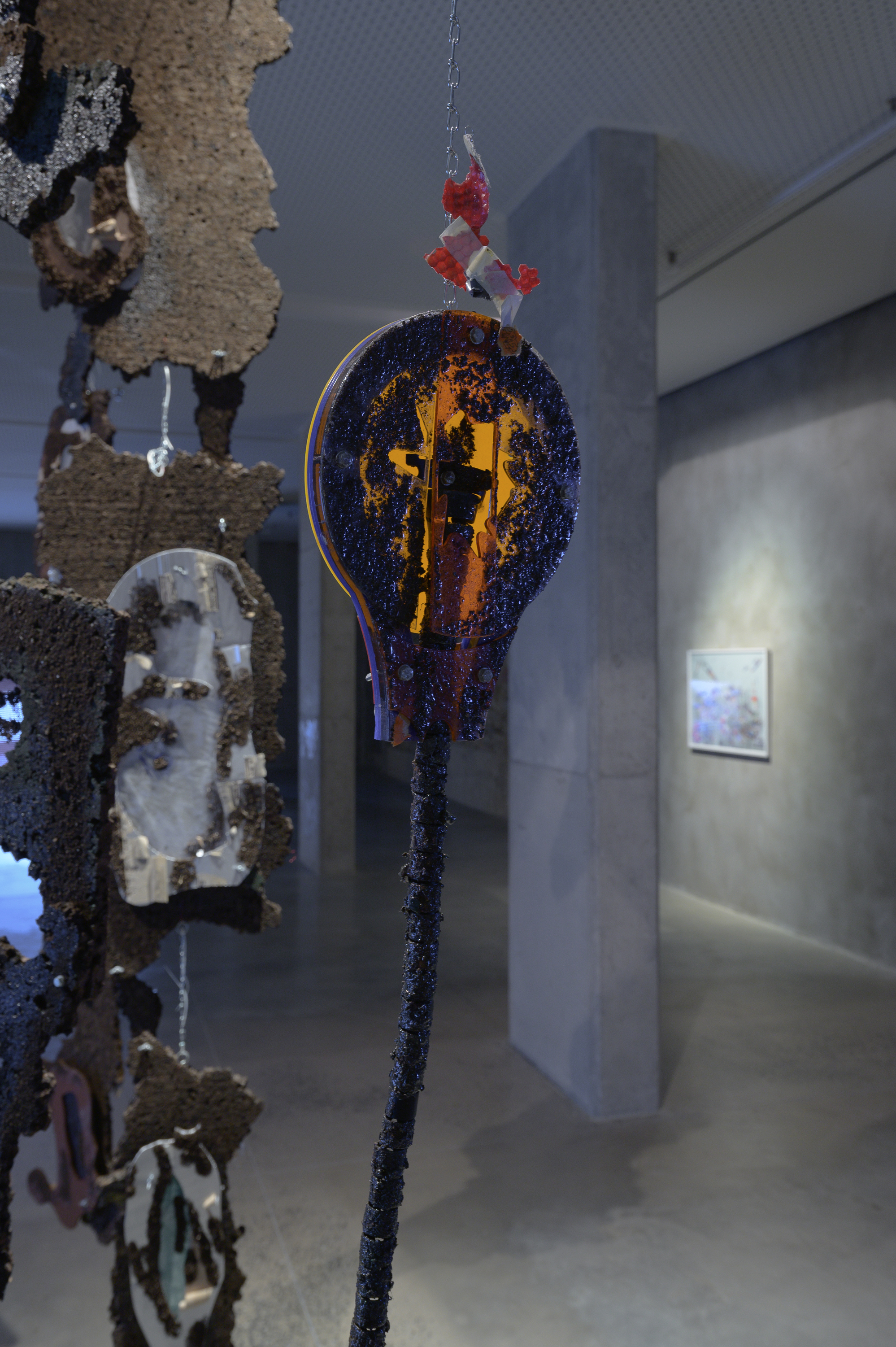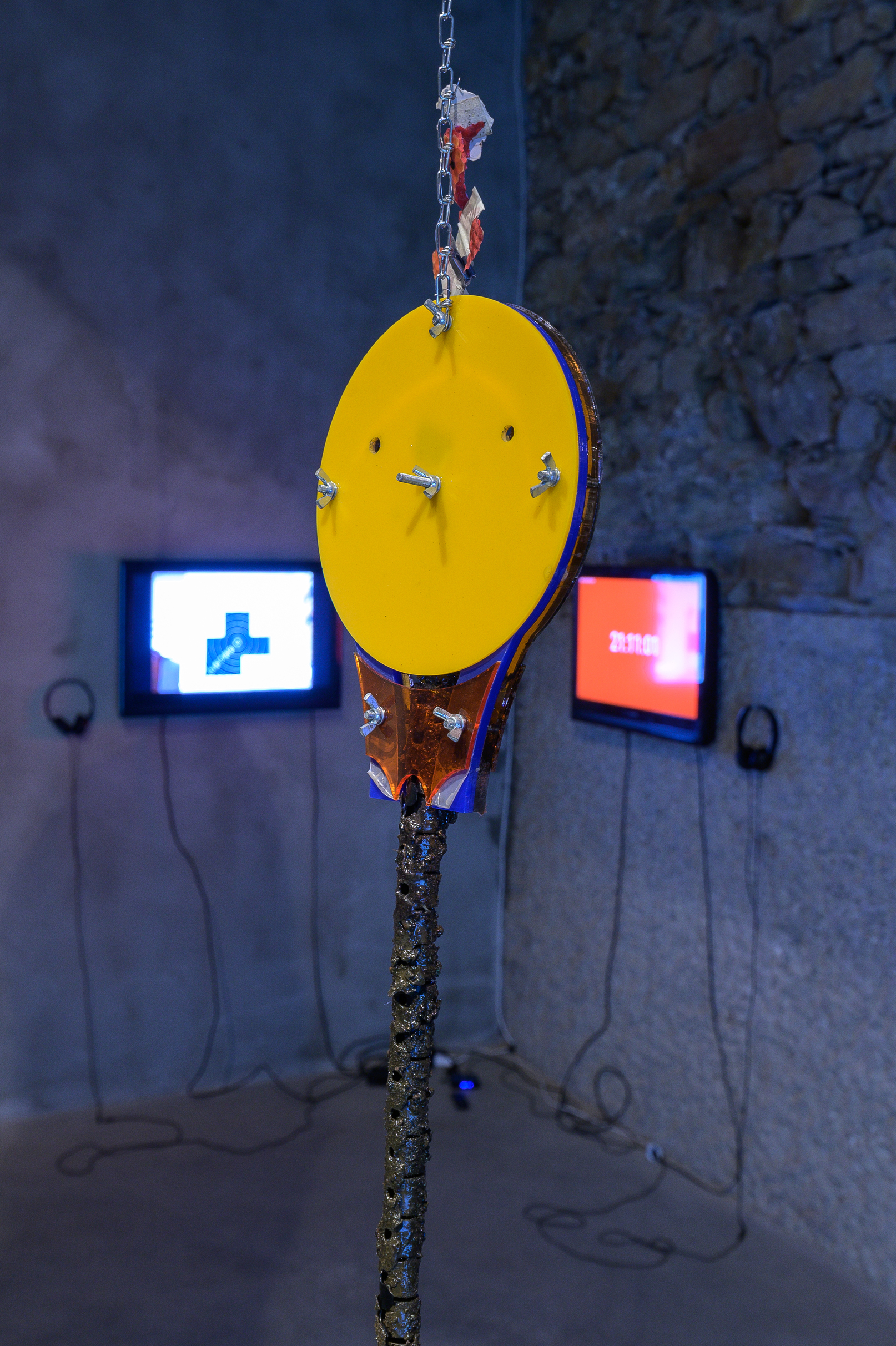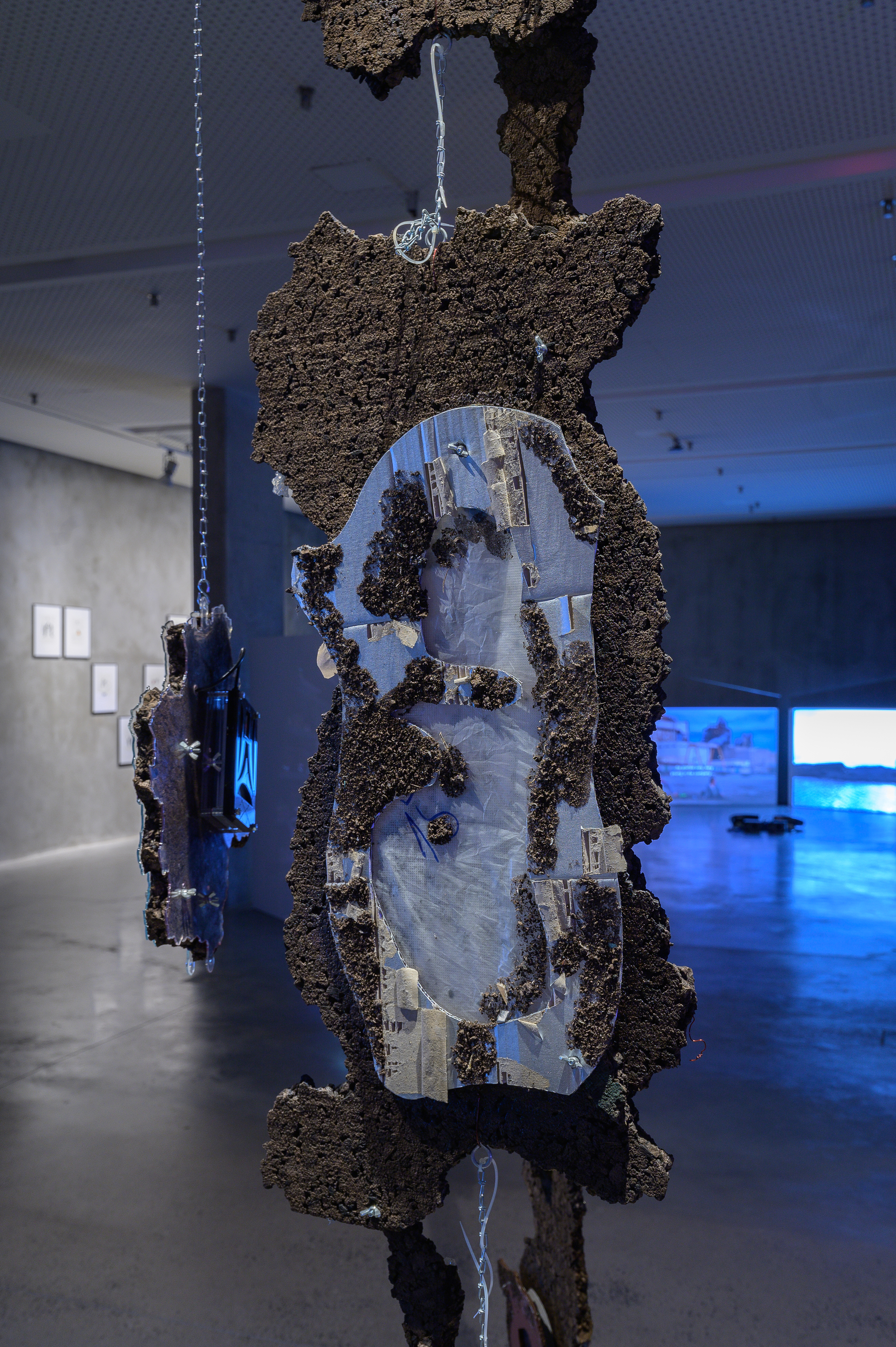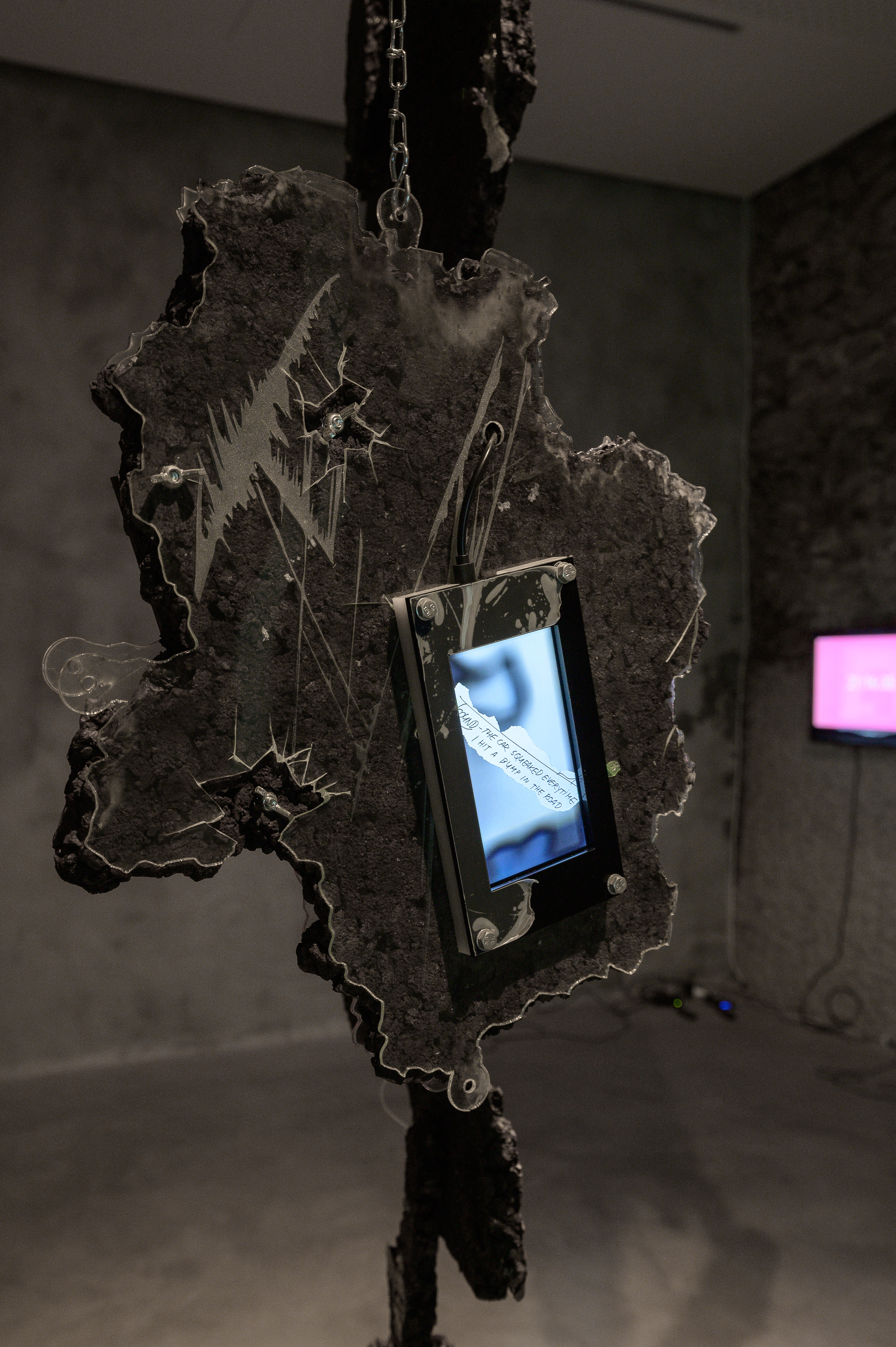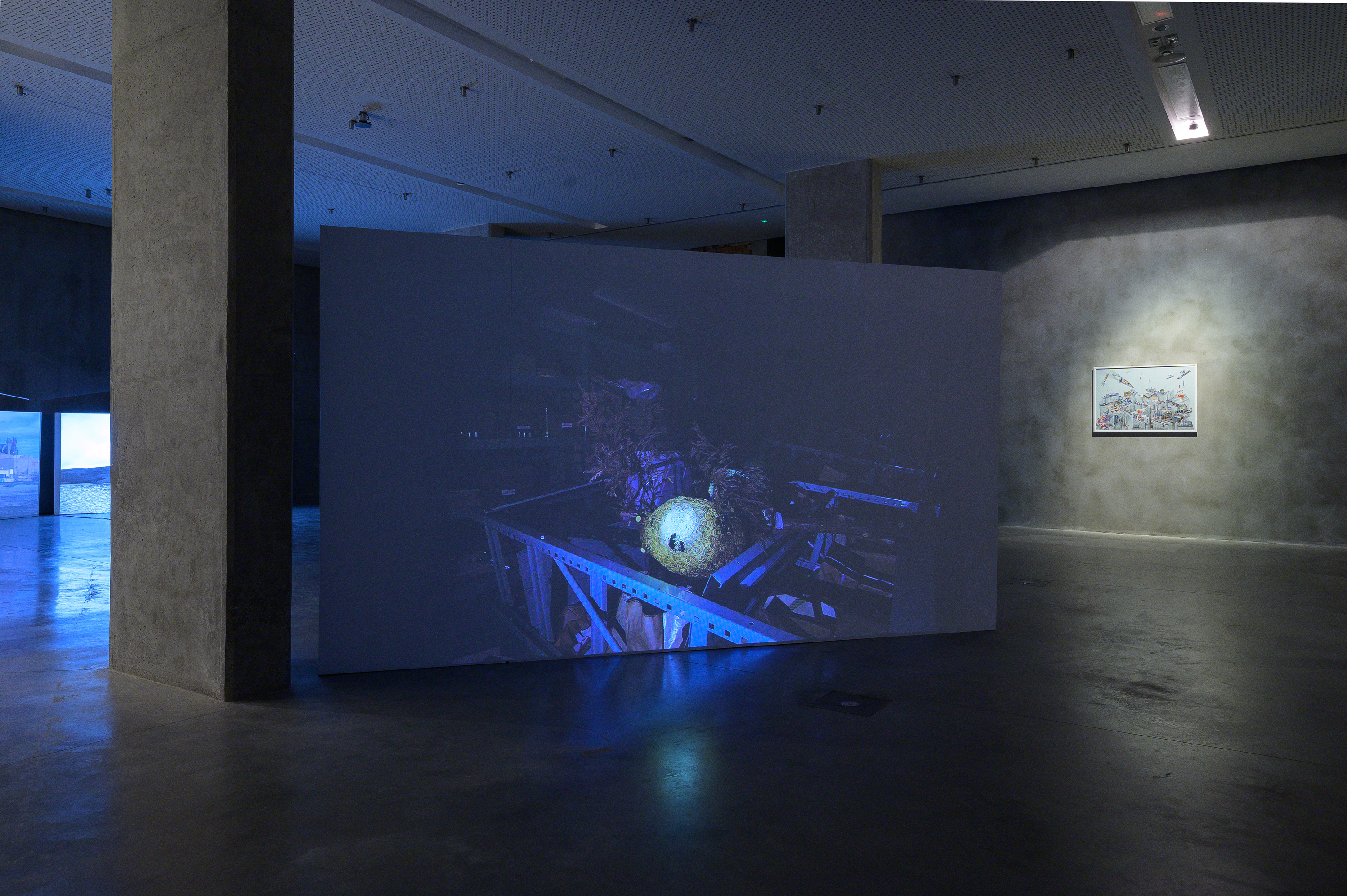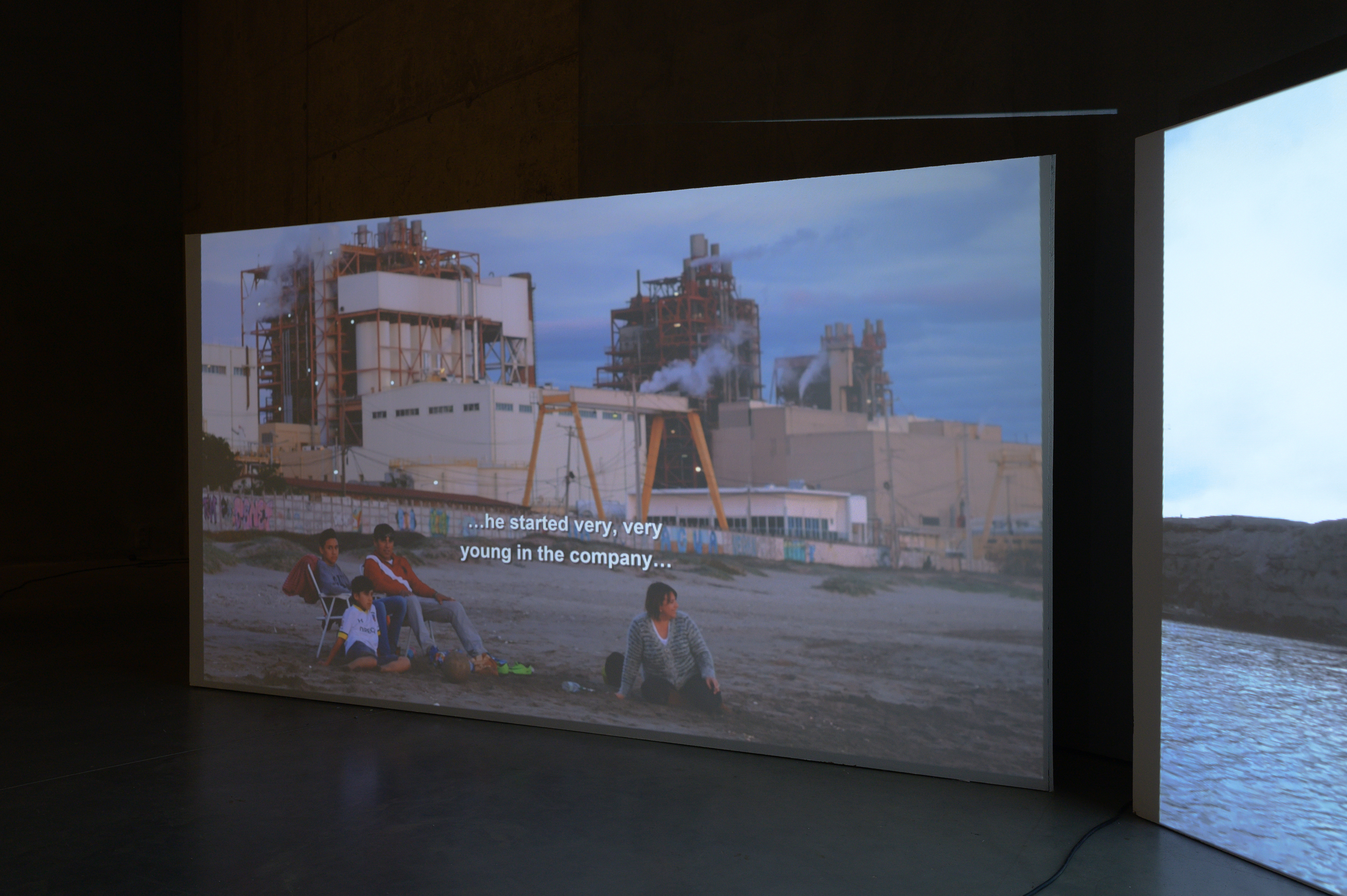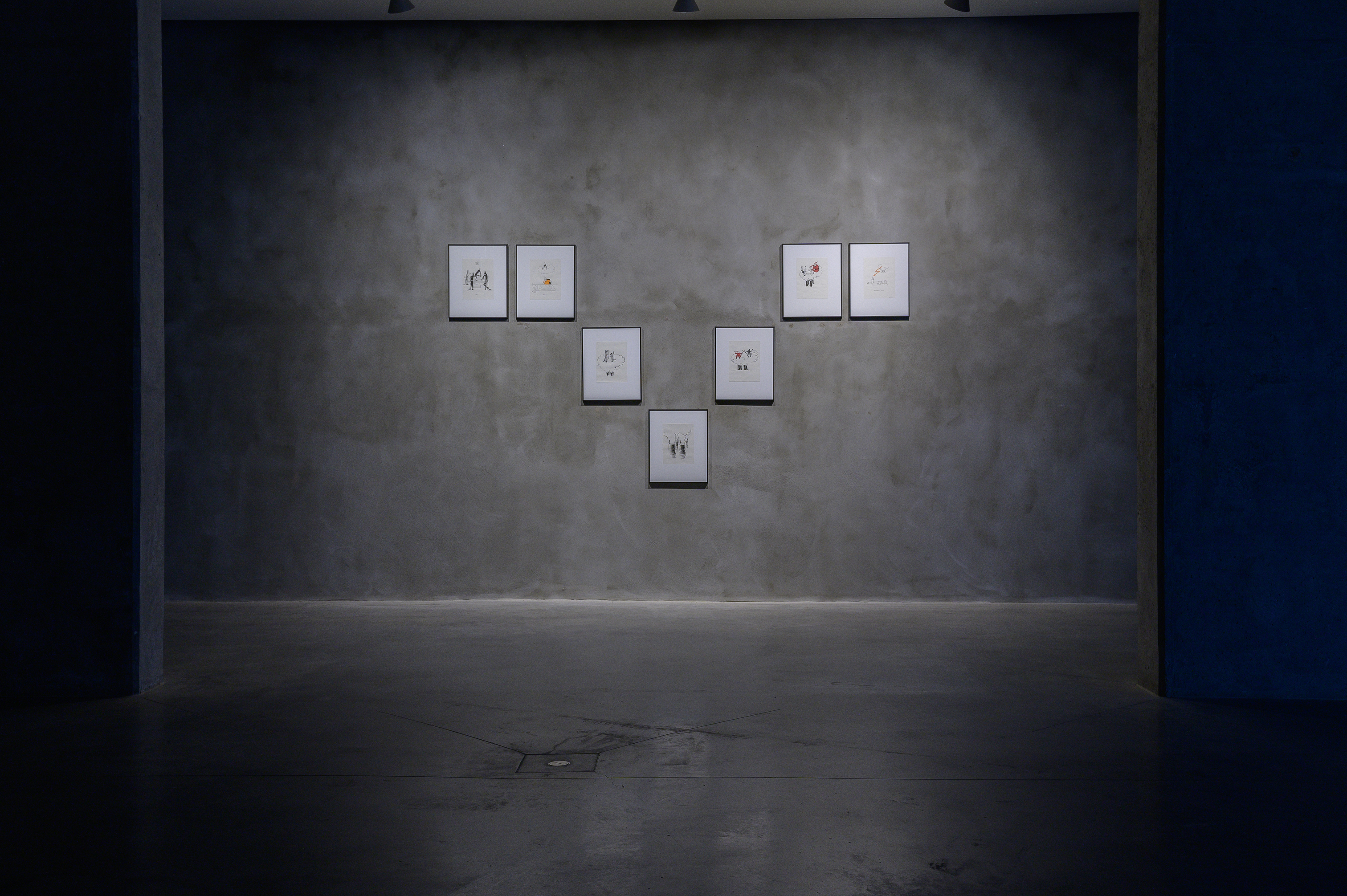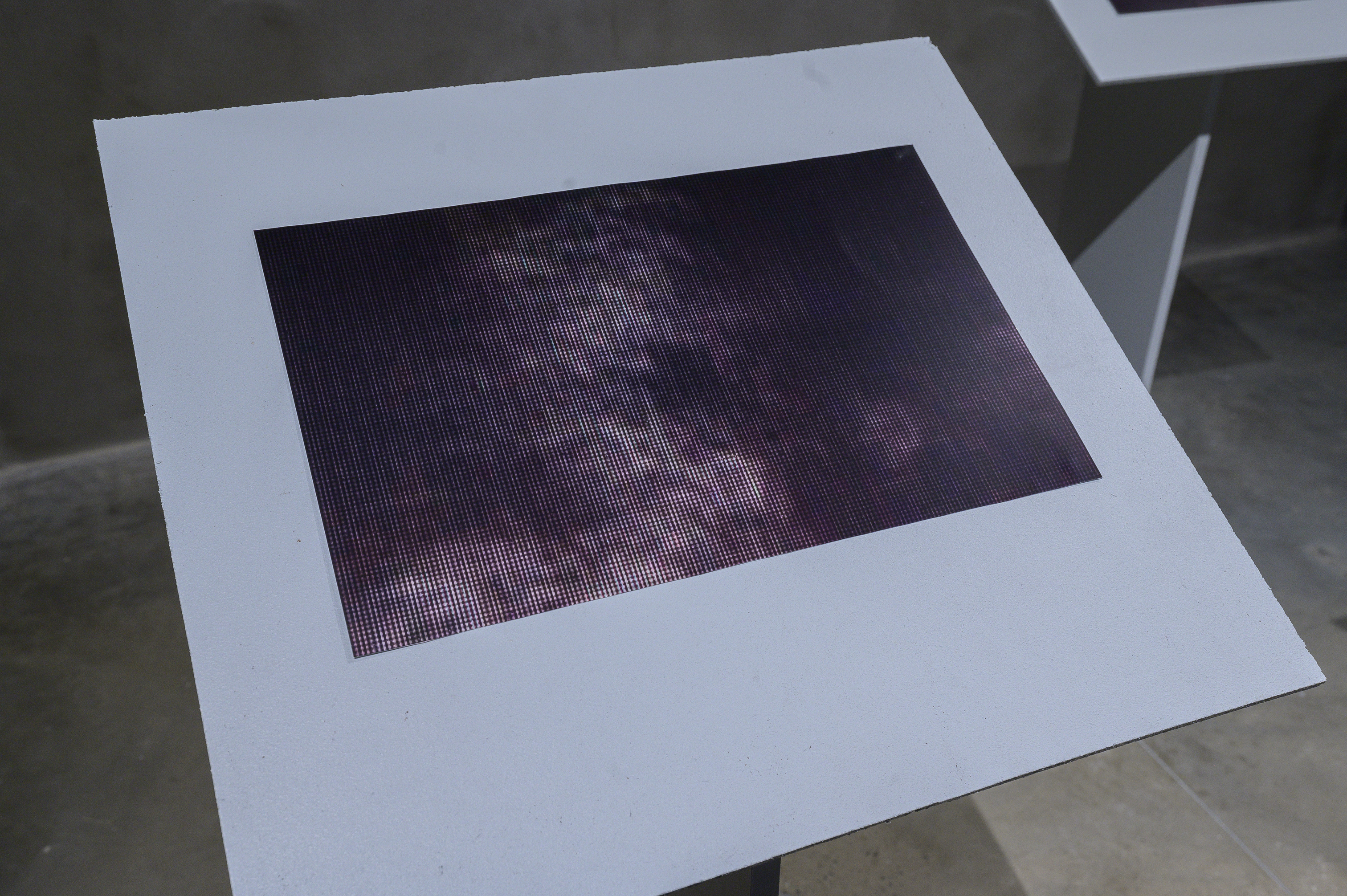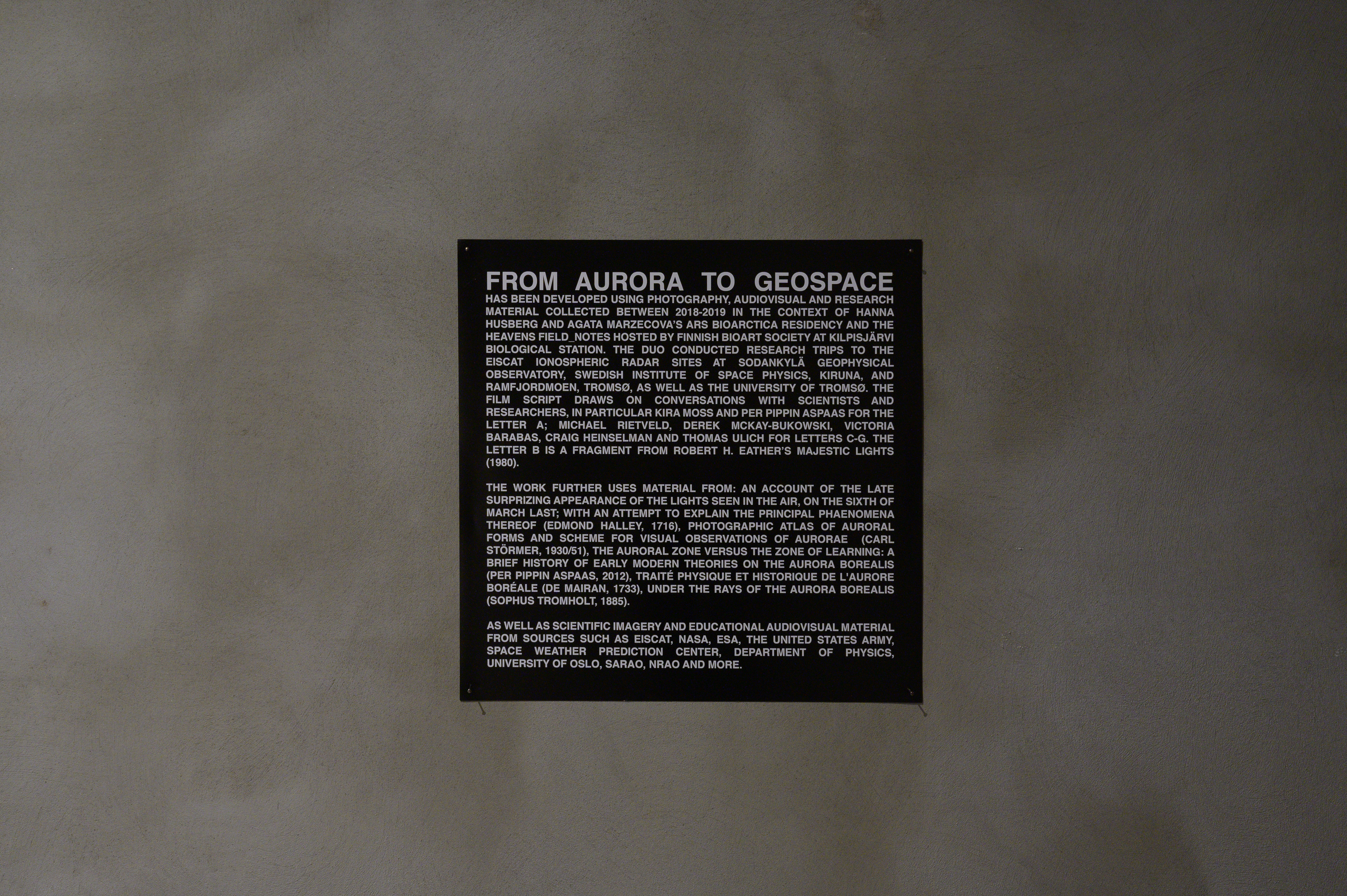Quantum Fields
Jakub Choma, Radovan Čerevka, Hikaru Fujii, Nicolas Grum, Petra Herotová, Juliana Höschlová, Karen Kramer, Veronika Lukášová, Agáta Marzecová and Hanna Husberg, Mykola Ridnyi, Susan Schuppli, Adéla Součková
Curated by Tereza Záchová, Mariana Serranová
On view: 22. 9. 2021 - 28. 11. 2021
Opening: 21. 9. 2021 - 18:00
Venue: East Slovak Gallery, Košice, Slovakia
This exhibition project responds to the issue of nuclear physics in connection with current global developments. Conflicting emotions of fascination and fear as well as the notions of revolutionary achievement and total destruction have been present from the outset of the scientific efforts towards nuclear fission. The constant fear of unsuspected impact dates back to the interwar era, catalysing the strategies of the power competition between the polarized world as early as the beginning of World War II. Testing and nuclear attacks created the impetus for peacekeeping missions and coercive tactics. The toxicity of the Cold War nuclear threat itself has given way to the collective impact of energy costs and digital waste. In discussions about how to cope with the energy crisis, the helplessness around dealing with toxic waste is currently absurdly growing.
In the summer of 2019, another atomic accident occurred in the north of Russia. Austria has carried out a study of the nuclear explosion and its effect on the capital city of Vienna, identifying the scope of threat this collapse will bring to Central Europe. In 2011, the second-largest accident occurred at the Fukushima nuclear power plant, which has had a far-reaching impact on the global ecological situation. The discharge of radiation into the ocean has precipitated a future environmental disaster, which is further supported by our current attitudes towards the environment. We have known since Chernobyl that radiation has not only contributed towards environmental destruction (atom fission in the air, mutations in the area, completely inaccessible groundwater, soil), but also influenced many other areas – the social sphere, power relations or the acceleration of the disintegration of the former USSR.
In this project, we would like to follow the importance of the nuclear age of consumption as the ultimate phase of the Anthropocene and search for basic typology within its historical-cultural perspective. These places became characterised not only by their remoteness and adaptation to new conditions, but they also became known as cemeteries of one human era. These approaches were mapped through the different perspectives of artists following both local and global levels. We draw our understanding not only from nuclear science itself but also from the point of view of the current management of digital technologies which have started to produce dead fossil soil. We are interested in how this emotional equivalent to the intellectual “ergo sum” is reconstituted in the position of human and inhuman breath as the only available life force.
![]()
![]()
![]()
![]()
![]()
![]()
![]()
![]()
![]()
![]()
![]()
![]()
![]()
![]()
![]()
![]()
![]()
![]()
![]()
![]()
![]()
![]()
![]()
![]()
![]()
![]()
![]()
![]()
![]()
![]()


